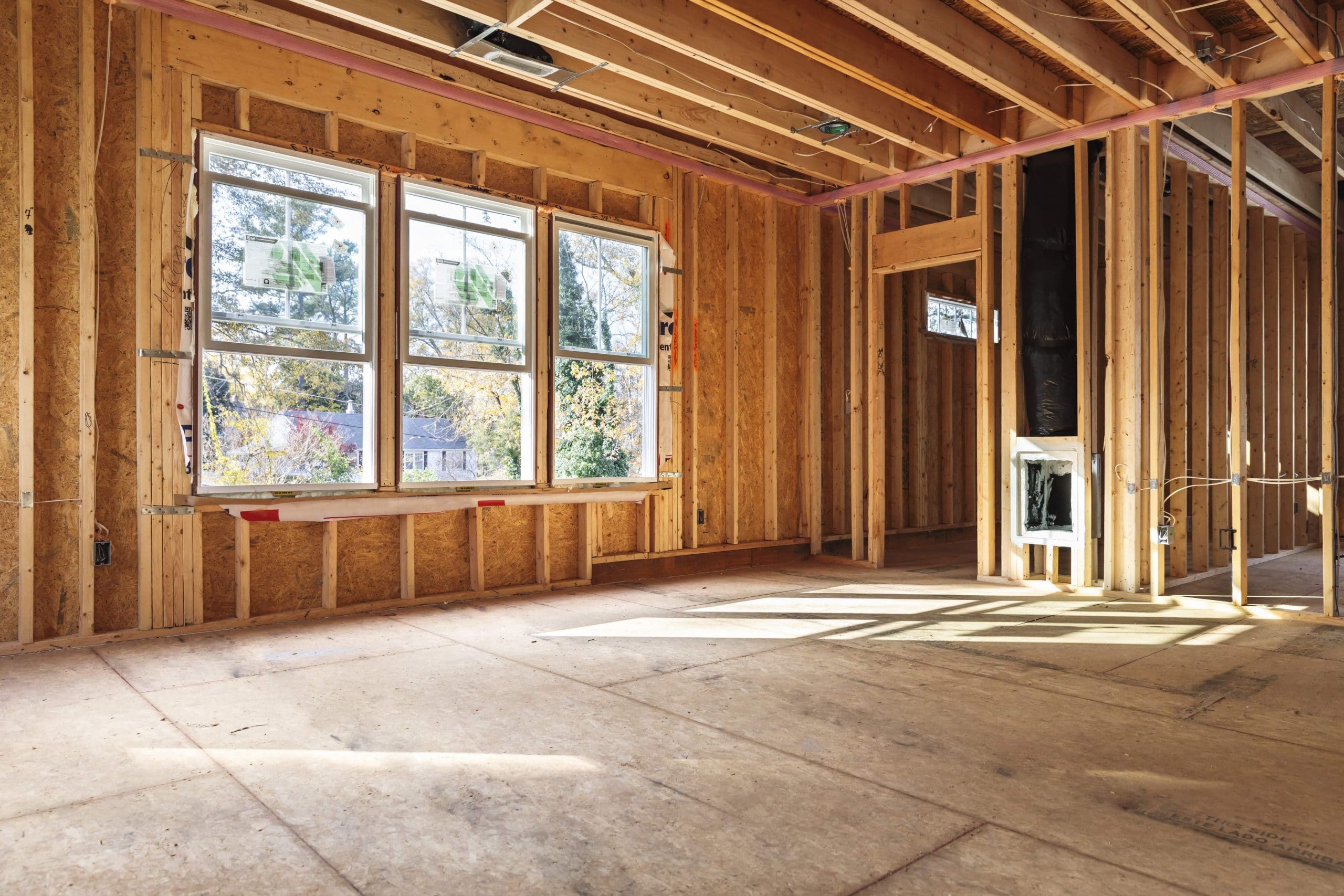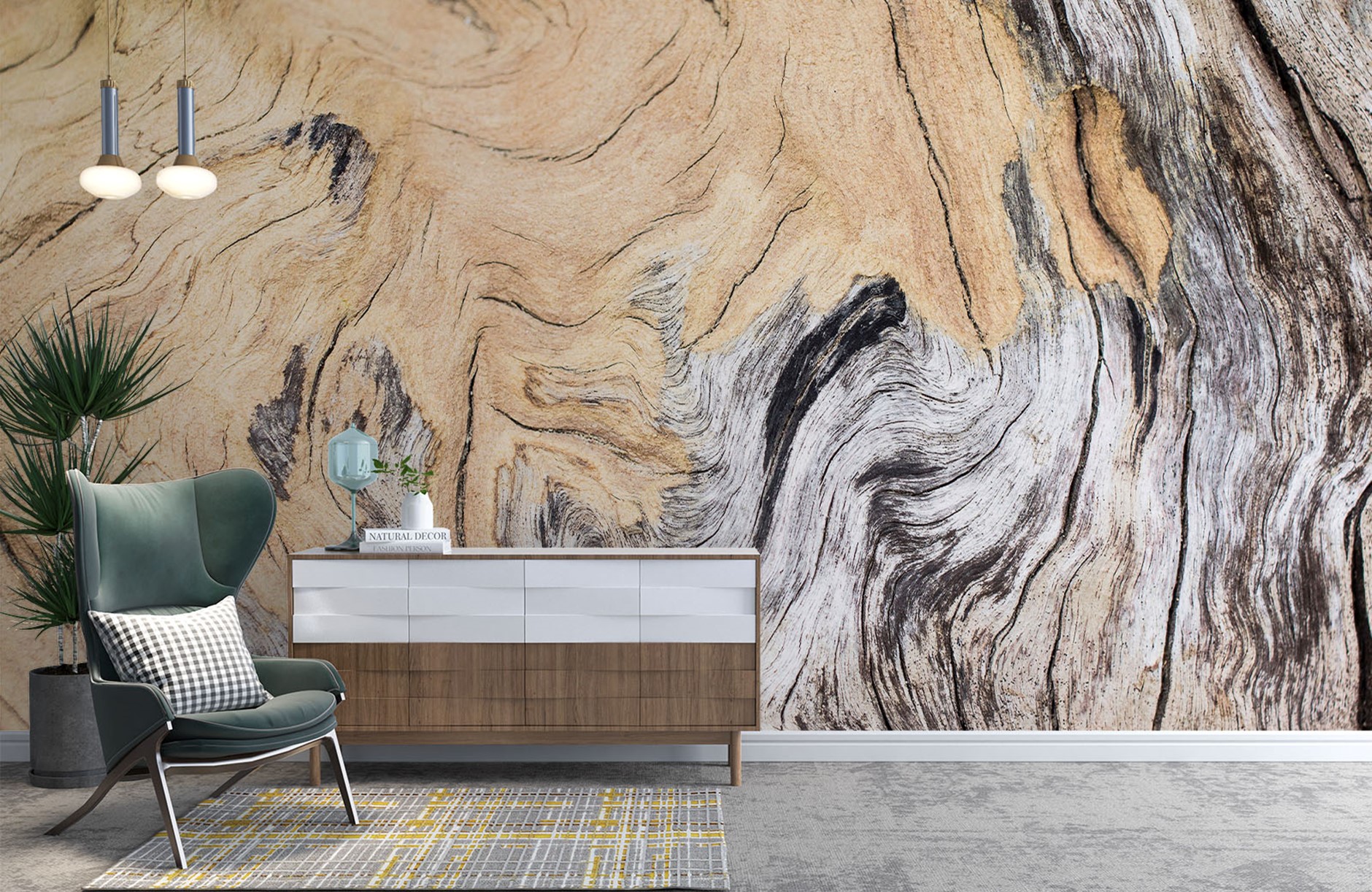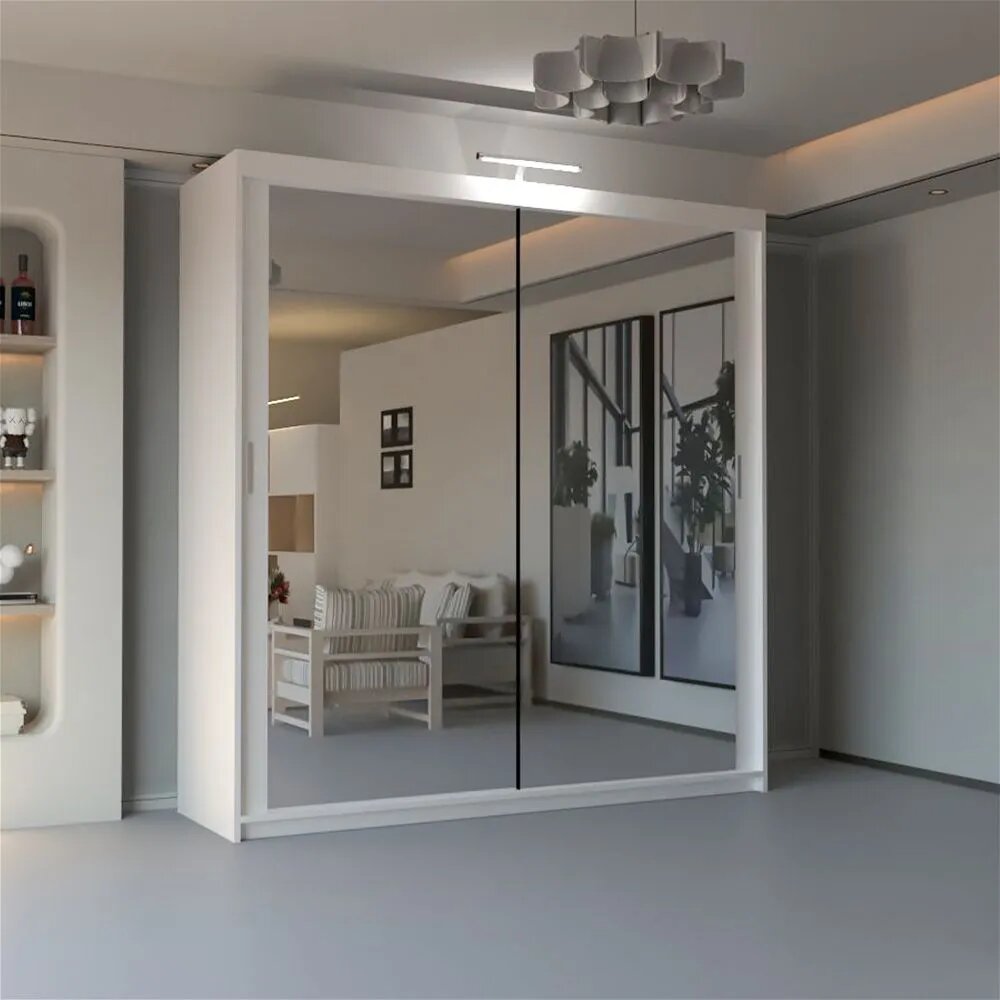To liven up your living area, you’ve probably considered adding some crazy new wallpaper, some groovy wall art, or an interesting new paint color. But what about adding some wall texture? The majority of these are quite easy for beginners to do and will give your house instant depth, coziness, and personality. An attractive wall texture can also be the ideal method of disguising any holes or imperfections in your walls.
But there are a few variables to consider, such as the size of your area to begin with. For a homey feel, experts advise texturing the ceiling or just one wall in a bigger room and all four walls in a compact space.
Different Wall Textures to Try
The type of texturing you use and the paint color you select are two more important considerations. To maintain or increase the resale value, it is recommended to use a neutral color and a common, timeless design.
After learning the fundamentals, let’s explore all the top wall textures so you can choose wisely for your house.
Orange Peel Texture
Considered to be one of the most popular wall textures, orange peel is one of the pure classic ways to paint over wallpaper. Especially if you want to change the look of the room. Anyone new to wall textures will love how simple it is to produce and how subtle its dimpled orange peel effect is. All you need is a wall that has been cleaned, sanded, and primed, then a mixture of drywall compound and water sprayed on (or rolled on). Smaller areas like a den, bedroom, or home office are ideal for it.
Knocked Down Texture
Knockdown texture is quite similar to orange peel in that it takes the same method and refines it even further. After applying an orange peel finish, let it dry for about fifteen minutes before using a trowel or knife to smooth out any uneven areas. Compared to orange peel, this method will give you a smoother finish while still imparting warmth and depth. Unlike orange peel, knockdown looks fantastic in wider, more expansive areas like a living room, dining room, or kitchen.
Traditional Popcorn Texture
Although it might sound old-fashioned and a bit risky choice for health but as long as your popcorn texture does not have asbestos in it, you can recreate the effect. Because popcorn texture gained popularity during the 1960s housing boom, it may be the most widely used texture.
Many homes still have this wall texture today because of this plus the fact that it’s rather hard to remove. It is frequently utilized in studio spaces and is well-known for its ability to block out noise. But it’s also fairly typical in bedrooms and living areas. This mixture requires the combination of popcorn drywall texture, water, polystyrene, and Styrofoam, making it a little more involved than others. When the mixture is ready, use a spray gun and compressor to apply it.
Comb Texture
This is exactly how it sounds. Artistic folks adore comb texture because it looks great in spaces with a vintage or Art Deco feel. Similar to orange peel, it’s also one of the simplest looks for novices to pull off. To begin producing lines, grab your go-to drywall compound and a trowel that resembles a comb. The final product’s appearance is entirely up to you; you can choose a symmetrical pattern, draw horizontal or vertical lines, curve or straighten them, space them closely apart, or whatever else you choose.
Brush Stroke Texture
this simple and enjoyable wall texturing method is excellent for rustic-style homes. Applying drywall compound to the wall and then slapping it with a stiff bristle brush is how slap brush texture is created.
This one may be a lot of fun because there aren’t any rules when it comes to slapping; just go with your gut and don’t be scared to go over previously slapped places. Even better, you may create a playful pattern or leave it entirely random.
Rose-shape Texture
The name alone should have told you, if you’ve been following along, that this wall texture is a combination of knockdown and slap brush textures. It is also known as crow’s foot. Initially, you should use the slap brush method just as previously mentioned. After that, let it cure for fifteen minutes, and then use a large knife to run over the entire wall to smooth out any lumps and flatten the surface.
Sand Spray Texture
Professionals claim that spray sand texture is a more understated wall texture than popcorn and that it ultimately varies in its application method. This one just needs you to spray sand onto your wall, as the name suggests.
This is a labor-intensive method that requires overnight exposure to a bag of sand combined with water or priming, unlike other textures. Use a spray pistol to apply the mixture to your walls the next day. While it might not be suitable for those in a hurry, spray sand is ultimately worthwhile.
Swirl Stroke Texture
The sand swirl pattern is ultimately a combination of comb and spray sand textures. You should combine sand with water or primer and let it sit for the entire night, just like with spray sand.
As we are striving for a more raw effect here, you can use a thick bristle brush the following day instead of the comb-like trowel we used for the combed texture. Go wild with the designs now! Here, experimenting with various shape lines and lengths is essential to getting a genuinely quirky and enjoyable outcome.
Trowel Texture
Skip trowel texture is a common feature in upscale homes decorated in a Mediterranean style. It’s a lot like knockdown, but a touch more faint and dispersed, according to Texture Master. It’s a bit messier work because you have to manually apply plaster or mud on your wall to achieve this look. After applying it, take a big, curved knife made of the material you want to use for the wall and, holding the knife at an angle, repeatedly skip it against the wall. After allowing it to settle for a few minutes, remove any excess with a trowel while it’s still wet.




